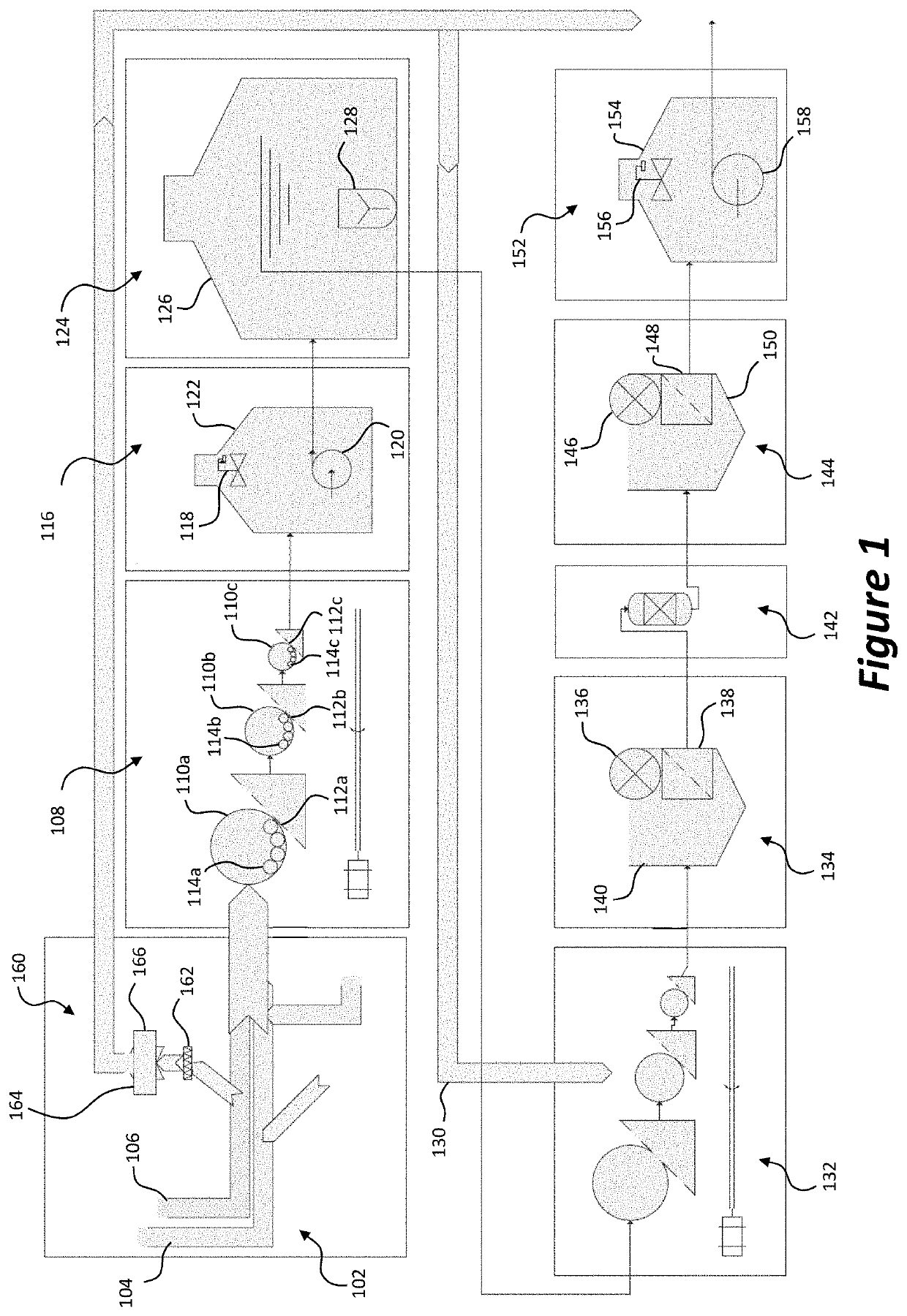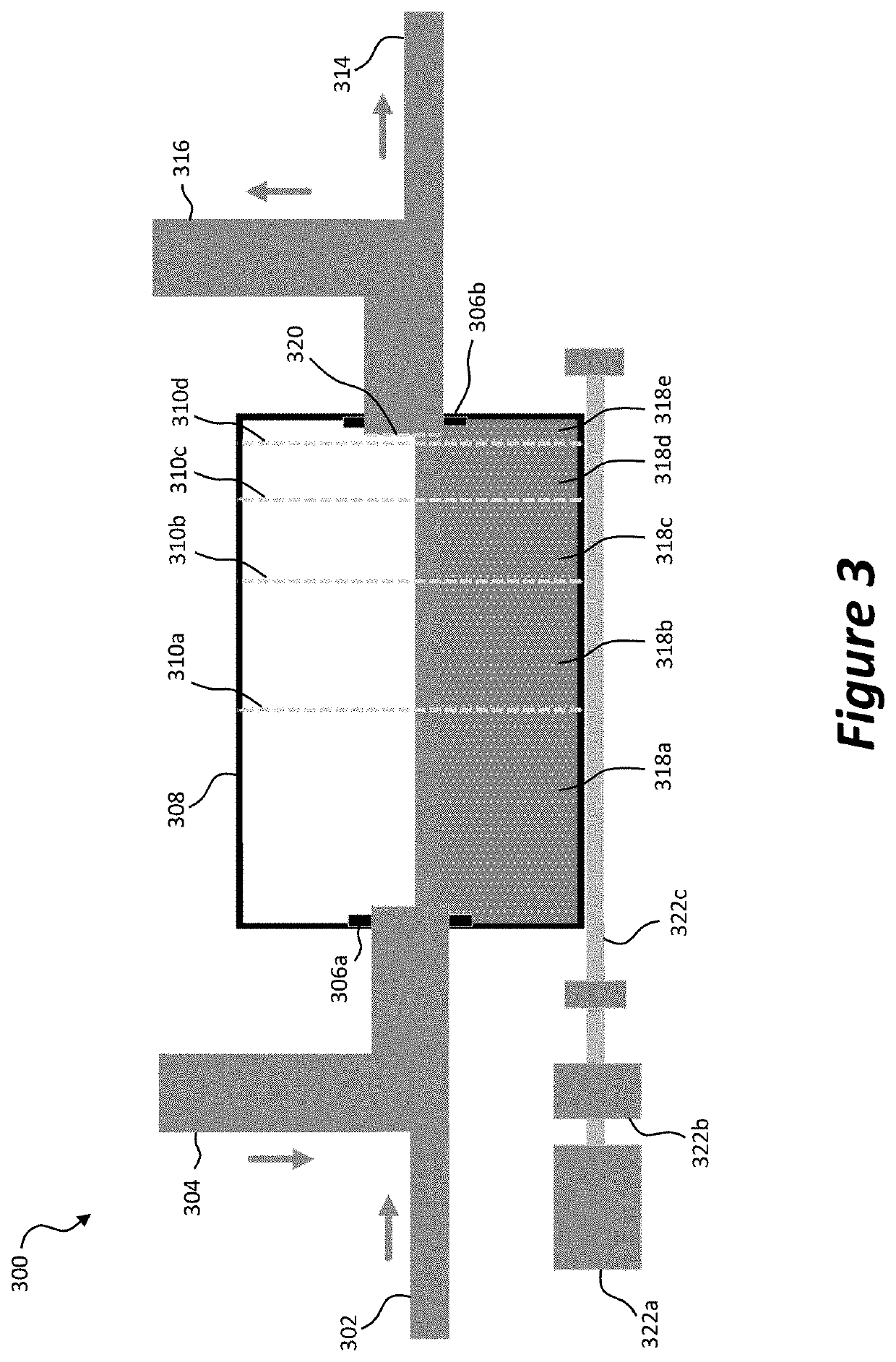Waste water purification system
a waste water and purification system technology, applied in biological water/sewage treatment, multi-stage water/sewage treatment, sustainable biological treatment, etc., can solve the problems of affecting the use of waste water recycling systems on a non-industrial scale, affecting the quality of waste water, so as to reduce exposure, reduce the effect of removing contaminants and being less effective in predicting and controlling
- Summary
- Abstract
- Description
- Claims
- Application Information
AI Technical Summary
Benefits of technology
Problems solved by technology
Method used
Image
Examples
examples
[0096]A system in accordance with the present invention was operated so as to process a test load of domestic waste water at an average of 1500 litres per day, the system having an inlet module, one milling unit with three stages, a waste stream sump, an equalisation system, one biological treatment unit, a settling tank, a biological filter, a holding tank, a disinfection and storage system and a pressurisation system. Tests were performed by Feedwater Ltd, a United Kingdom Accreditation Service (UKAS) accredited laboratory (UKAS organisation No. 2234). Aerobic colony count was determined in the effluent of the system over periods of 68 hours at 22° C. and 44 hours at 37° C. using Feedwater's GAMCO2 standard method, using spiral plate on Yeast Extract Agar. Total coliforms and E. Coli removal were determined using Feedwater's GAMC03 standard method. This GAMC03 method is recommended by the Environment Agency of the United Kingdom in their publication ‘The Microbiology of Drinking W...
PUM
| Property | Measurement | Unit |
|---|---|---|
| size | aaaaa | aaaaa |
| size | aaaaa | aaaaa |
| size | aaaaa | aaaaa |
Abstract
Description
Claims
Application Information
 Login to View More
Login to View More - R&D
- Intellectual Property
- Life Sciences
- Materials
- Tech Scout
- Unparalleled Data Quality
- Higher Quality Content
- 60% Fewer Hallucinations
Browse by: Latest US Patents, China's latest patents, Technical Efficacy Thesaurus, Application Domain, Technology Topic, Popular Technical Reports.
© 2025 PatSnap. All rights reserved.Legal|Privacy policy|Modern Slavery Act Transparency Statement|Sitemap|About US| Contact US: help@patsnap.com



